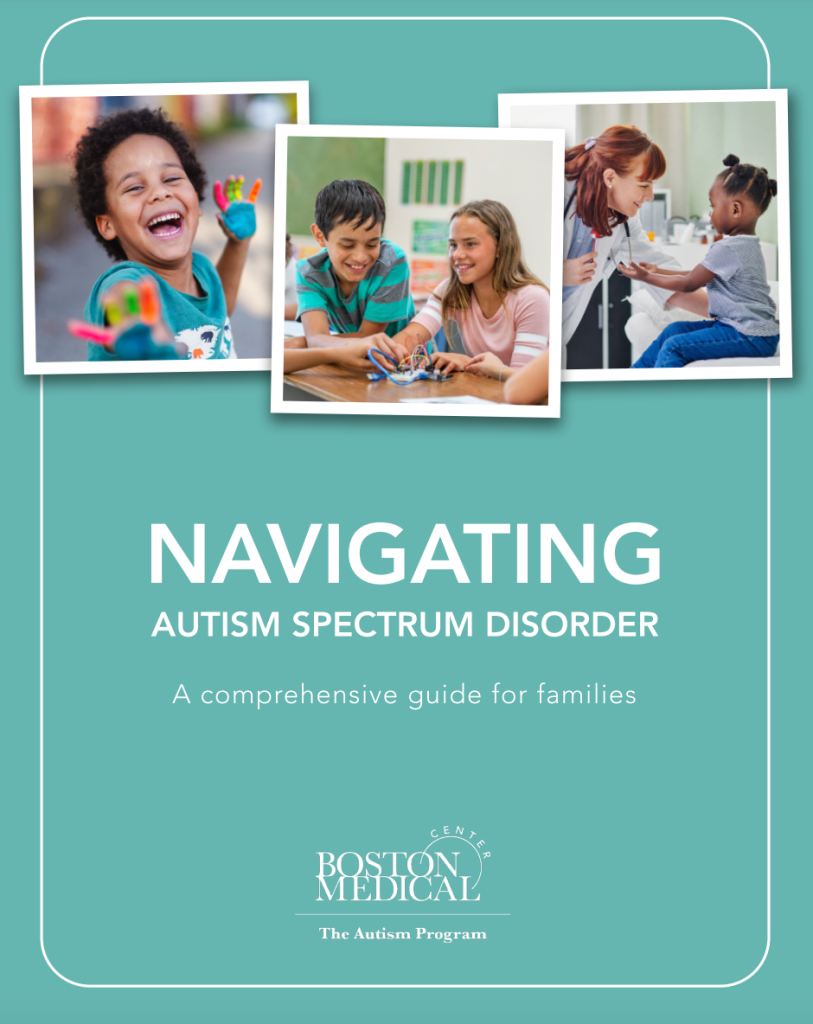Autism and Sensory Navigation: Thriving in a Stimulating World
Navigating autism requires a multidimensional trip encompassing understanding, support, and advocacy. For persons on the autism variety, and their families, this voyage usually starts with the search for knowledge. Understanding the initial difficulties and strengths associated with autism is crucial. It involves knowing the varied methods by which autism manifests, appreciating sensory sensitivities, and acknowledging the significance of routine in everyday life.
Help plays a crucial role in the navigation process. Early intervention applications, beneficial interventions, and instructional support are crucial components. People and caregivers are vital allies, giving a system of knowledge and assistance. The idea of neurodiversity, focusing the value of diverse neurological activities, represents a main role in the support paradigm. Stimulating acceptance and appreciation of neurodivergent perspectives fosters an atmosphere wherever people with autism may thrive.
Advocacy is integrated to navigating the problems related to autism. It requires marketing consciousness, dispelling misconceptions, and ensuring access to ideal resources and accommodations. Advocates work towards producing inclusive conditions in academic institutions, workplaces, and communities. This implies complicated societal norms, fostering acceptance, and championing the rights of individuals with autism to live satisfying lives.
The physical experiences of these on the autism variety play an important role in their navigation journey. Sensory-friendly surroundings, tailored to support certain sensitivities, promote comfort and lower stress. Methods such as aesthetic schedules and social reports aid in planning individuals for new experiences, fostering an expression of predictability within their surroundings.
Education is just a cornerstone of moving autism. It requires not only educating people who have autism but additionally creating understanding among peers, teachers, and town at large. Knowledgeable and empathetic teachers perform a pivotal position in providing inclusive academic activities, fostering an setting wherever neurodivergent pupils can flourish.
Communication lies in the centre of navigating autism. Augmentative and option conversation (AAC) methods, including aesthetic helps and technology-assisted interaction products, empower individuals with autism expressing themselves effectively. This increases social connection, stimulates liberty, and reduces frustration related to communication challenges.
Shifting through various living stages involves careful abc chart for autism example australia for people who have autism. Including the transition from childhood to adolescence, and ultimately into adulthood. Help structures must evolve to meet changing wants, encompassing knowledge, employment, and independent residing skills.

In summary, navigating autism is an extensive and energetic method involving knowledge, help, and advocacy. It is a journey that requires a collective energy from persons on the autism spectrum, their families, educators, and culture at large. By fostering an inclusive and taking setting, we are able to make sure that people who have autism not only understand their problems but additionally thrive and contribute meaningfully to the rich tapestry of human diversity.